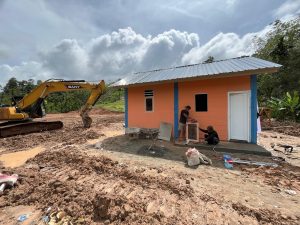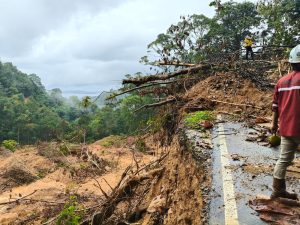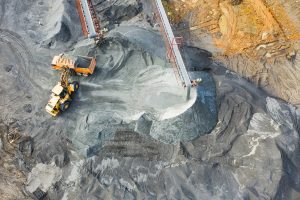Jakarta – The latest report from the ReforMiner Institute shows that every investment in the upstream gas sector has the potential to generate economic value up to 6.56 times the amount of funds disbursed. The findings show that natural gas is not only important as an energy source but also an economic multiplier that works across sectors, confirming this industry as one of the pillars of the national economy.
Executive Director of the ReforMiner Institute, Komaidi Notonegoro, said on Thursday, 6 November, that the magnitude of the multiplier effect was reinforced by the total linkage index, which was recorded at 3.12—higher than the national average. A value above 1 indicates that a sector can drive and attract growth in other sectors.
“A high linkage index value reflects that the upstream gas industry has strong links with supporting sectors and users,” he said.
ReforMiner notes that of the 185 economic sectors operating in Indonesia, at least 113 sectors are directly linked to upstream gas industry activities. This value chain connectivity means that every investment in upstream gas has a ripple effect, supporting sectors from end users to the petrochemical, fertiliser and energy industries.
Fiscal and monetary impact
ReforMiner’s findings also mention that the utilisation of natural gas contributes to strengthening fiscal stability. One indicator of this is the programme to convert LPG to household gas networks (jargas). The government notes that over the last five years, LPG subsidies have cost around Rp453 trillion, with annual foreign exchange requirements for imports reaching Rp64 trillion.
If the target of 4 million household gas connections is realised, LPG imports can be reduced by around 400,000 metric tonnes or 6.15% of total national imports. Energy subsidy savings are estimated to reach Rp2.68 trillion.
As the leading supplier of downstream raw materials, gas demand for industrial projects such as PIM III, Pusri III, GRR Tuban, Amurea PKG, Bojonegoro methanol, Masela petrochemicals and the blue ammonia facility in West Papua is estimated to exceed 1,078 MMSCFD.
ReforMiner stated that the economic benefits of downstreaming would be much greater if the gas supply came from domestic production. In the petrochemical industry, for example, using local gas could increase the multiplier effect by up to 5.28 times compared to relying on imports.
Production projections and energy transition
The role of natural gas is also evident in terms of supply availability. The Ministry of Energy and Mineral Resources’ Gas Balance Sheet states that existing reserves could increase production from 5,777 MMscfd to 10,241 MMscfd by 2035. With domestic demand at 5,751 MMscfd, Indonesia has a potential surplus of 4,490 MMscfd.
On the energy transition front, natural gas remains the backbone for reducing emissions without disrupting people’s purchasing power. ReforMiner simulations show that replacing 50% of oil and coal consumption with gas could reduce emissions by 159.51 million tonnes of CO2e, or 44.5% of the energy sector target.
Despite its enormous potential, ReforMiner believes that the benefits of natural gas can only be realised if structural barriers are removed.
“The policy on natural gas utilisation must be accompanied by accelerated infrastructure development, investment certainty, strengthened market access, and proportional prices for all parties,” said Komaidi.
He emphasised that gas reserves, currently at 51.98 Tcf as of June 2025, are not merely geological data but strategic assets for national economic and energy security. “Because of their highly strategic role, we need to ensure that the upstream sector runs optimally and is connected to the downstream sector,” he said. (Hartatik)
Banner photo: Image generated by OpenAI’s DALL·E via ChatGPT (2024)














